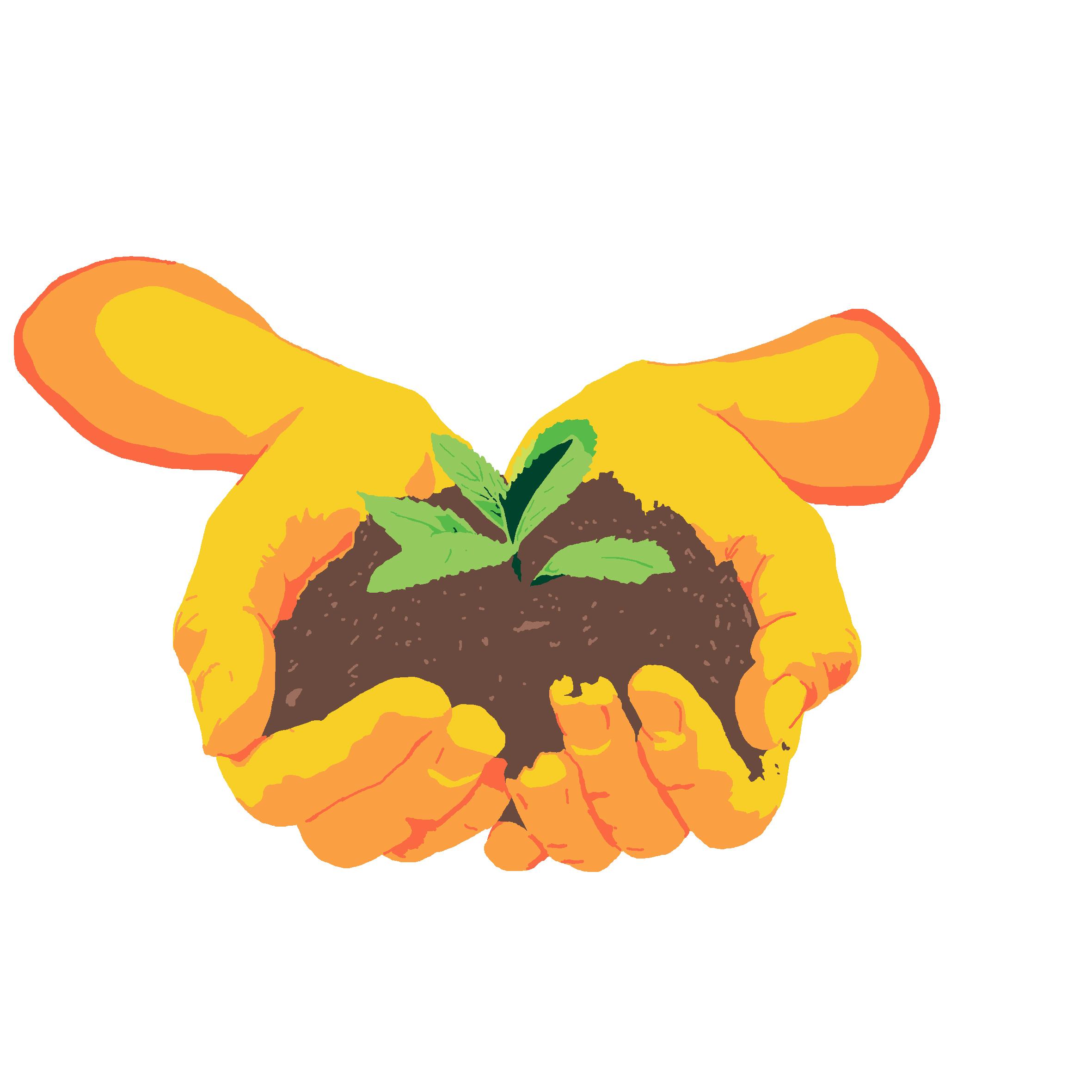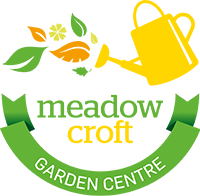How to have a peat free garden
Posted: 30 Mar 2023What is Peat?
Peat is plant material which is partially decomposed and has accumulated in waterlogged conditions. Peatlands include mors, bogs, fens and some farmed land.
Peat is hugely important to our planet for lots of reasons. It acts as a carbon store and is said to hold more carbon than the combined forests of Great Britain, France and Germany.
Many scarce species inhabit peatlands so it is incredibly important to preserve peatlands for the wildlife.
Peat holds its role in water management - it holds up to 20 times its weight in water. Peat also preserves a record of past vegetation, landscapes and people.
Although peat is a fantastic media to grow plants in, farming it is very bad for the environment. Peatbogs store carbon and when they are dug up, the carbon is released into our atmosphere. Therefore, the horticultural industry has had to work hard to find a replacement for peat based compost.
What is peat free compost made of?
Peat-free composts are usually made up of a mixture of composted bark, coir (coconut fibre), wood fibre and green waste. The constitution of these products varies from batch to batch, so our compost suppliers have to vary each mix to get the correct nutrient and ph levels.
Make the Switch
Over 95% of the UK’s Peatlands have been degraded or destroyed. For every bag of Peat based compost, we're destroying our Peatlands...the UK's equivalent to the Amazon Rainforest!! It's time to help save them. You will find a full range of peat-free compost here at Meadow Croft and within a few years the same will be said for all garden centres and nurseries in the UK.
Did you know?
We are one of the first garden centres in England to sell our very own peat-free potting compost.
Storing peat free compost
It has always been important to keep mixed composts dry to prevent the fertilisers from activating, but it is even more important now, as over composting can occur if the materials get wet. So, only use compost that has been stored in a dry area, as rainwater finds its way in through the tiny air holes in the bags, even when they're stored on pallets. If you have compost left at home in a bag, the same is true, so we advise storing in a dry shed, or garage.
Pricking out and growing on seedlings
Our peat-free compost is great for seedlings and young plants. Here's our guide on how to grow young plants with peat-free compost:
1. Water the plants before transplanting.
2. When potting on, select a pot the next size up from the previous container.
3. Part fill the pot with compost allowing sufficient space to accommodate roots.
4. Place the plant in the pot, taking care not to damage roots and top up with compost.
Hanging Baskets and Containers
Our peat-free compost is perfect for hanging baskets and containers. Here's our guide on how to plant hanging baskets and containers with peat-free compost:
1. Fill the hanging basket/container to the top with Meadow Croft Professional Peat Free Potting Compost.
2. Plant the basket/container with trailing plants around the outside and an upright plant in the middle and water thoroughly.
3. Place the hanging basket/container in a greenhouse or sheltered position until the plants have established.
4. See our next section for more information on looking after plants in peat-free compost.
Looking after plants in peat free compost
Feeding and watering is slightly different when using peat-free compost. The surface of the compost can look dry, when in fact it is wet  under the crusty layer. If you are using small pots to grow in, sink one in a bucket of water and wait for the air bubbles to stop appearing, let it drain and then feel the weight for future reference. Before watering again, it's best to lift one or two up to check the weight.
under the crusty layer. If you are using small pots to grow in, sink one in a bucket of water and wait for the air bubbles to stop appearing, let it drain and then feel the weight for future reference. Before watering again, it's best to lift one or two up to check the weight.
Westland ‘Boost’ has unique Plantsense™ technology to feed all ornamental and ericaceous plants, plus all fruit and vegetables. With the perfect blend of nutrients as well as unique water management technology, this makes application faster and also more effective. Boost All Purpose Liquid Plant Feed will produce four times more blooms compared to watering alone. Simply add to the watering can using the ‘easy squeeze’ dosing system.
![]()


